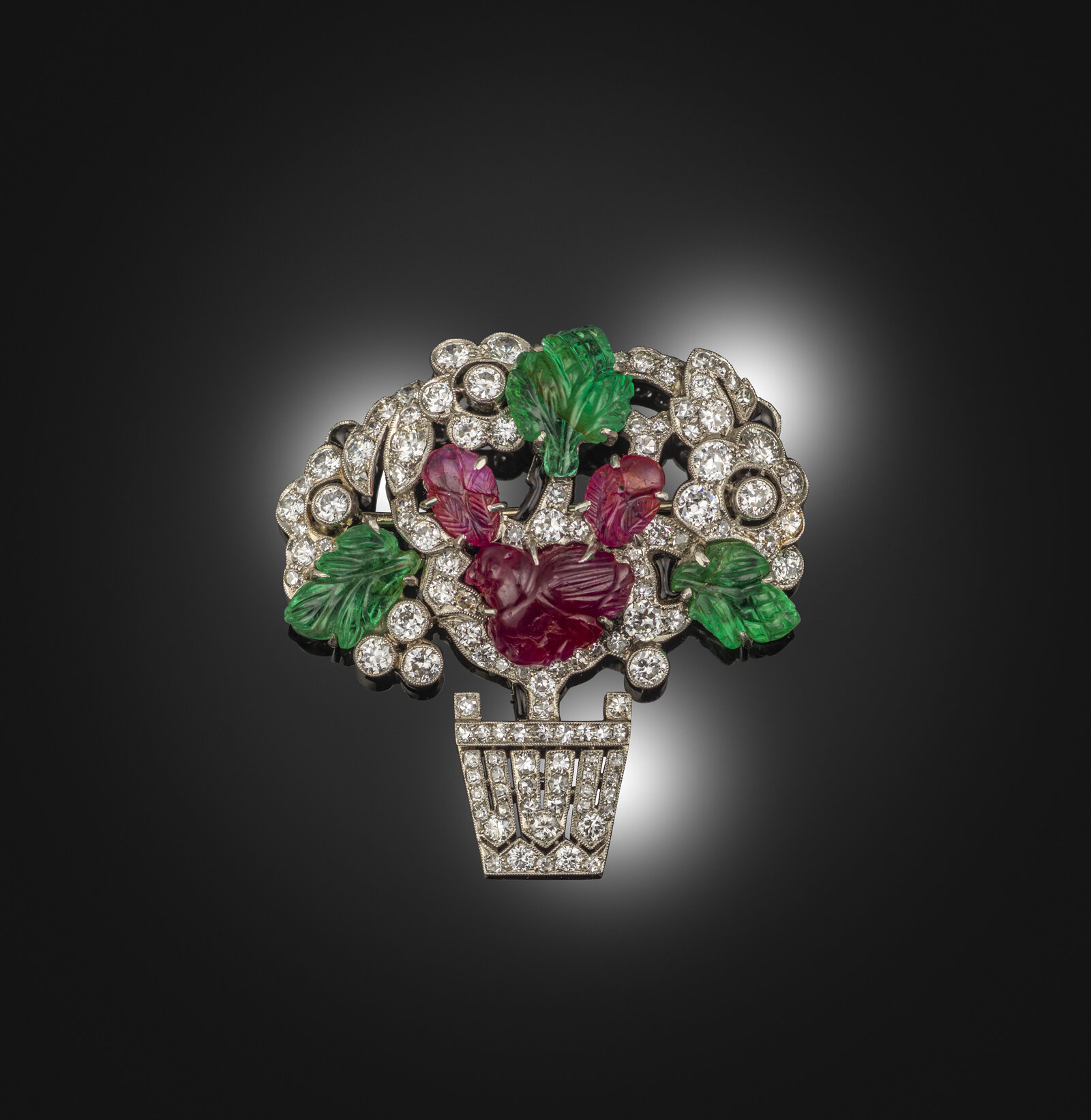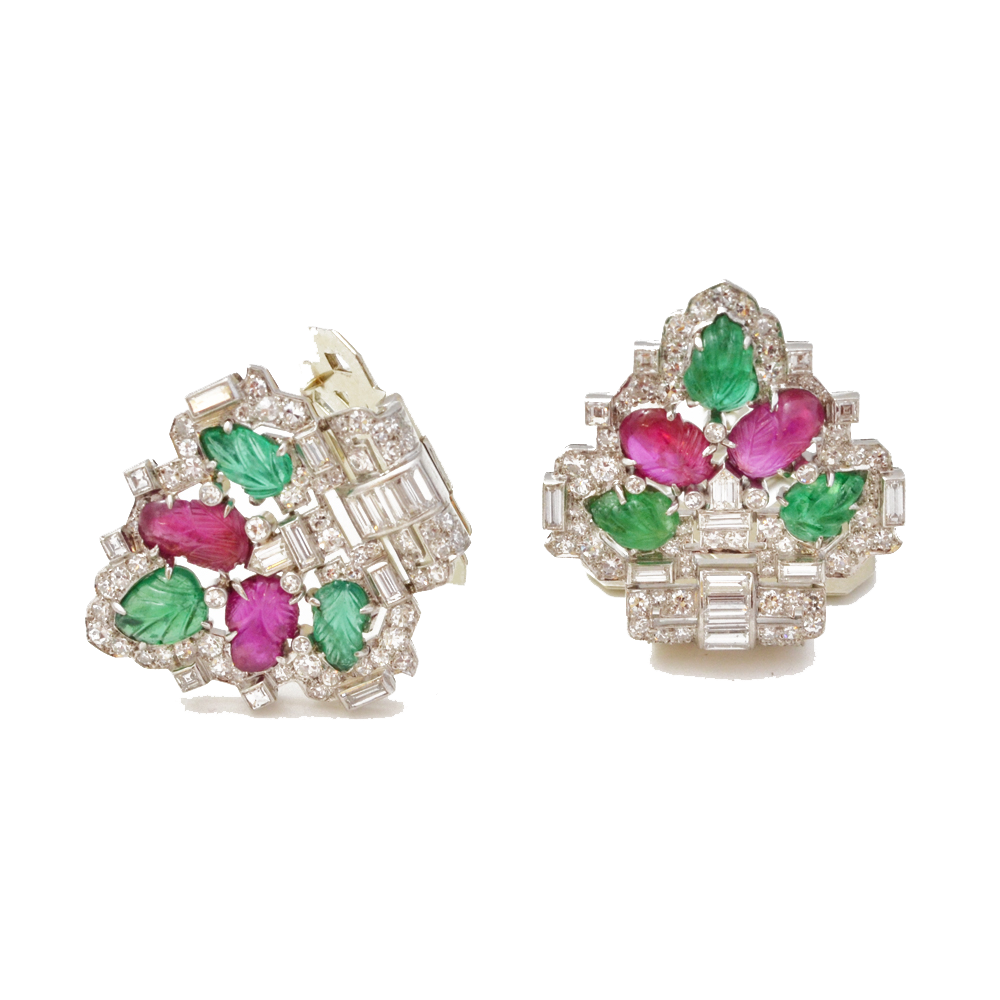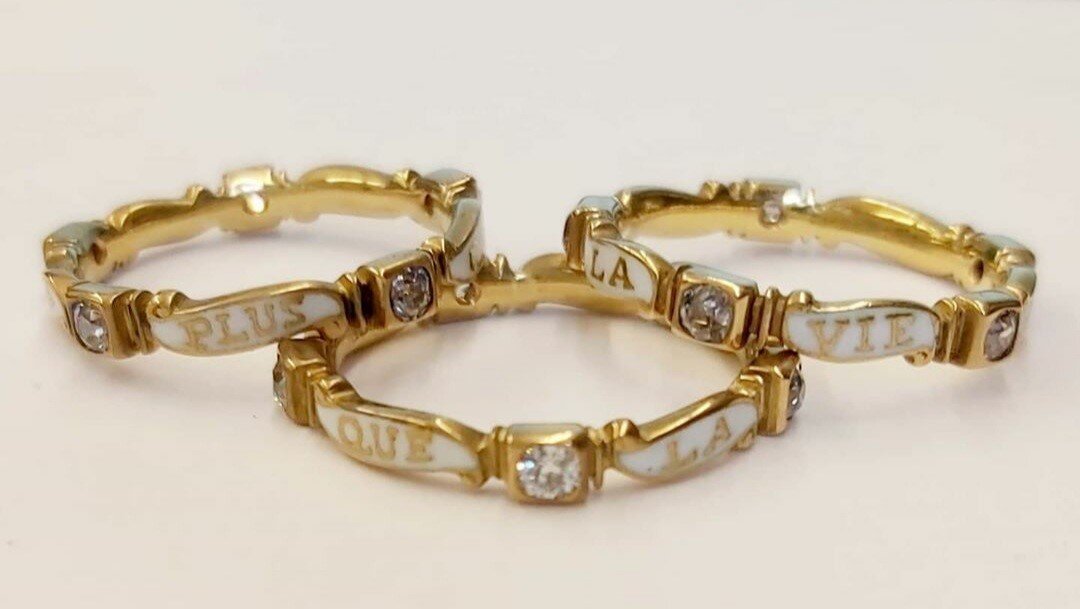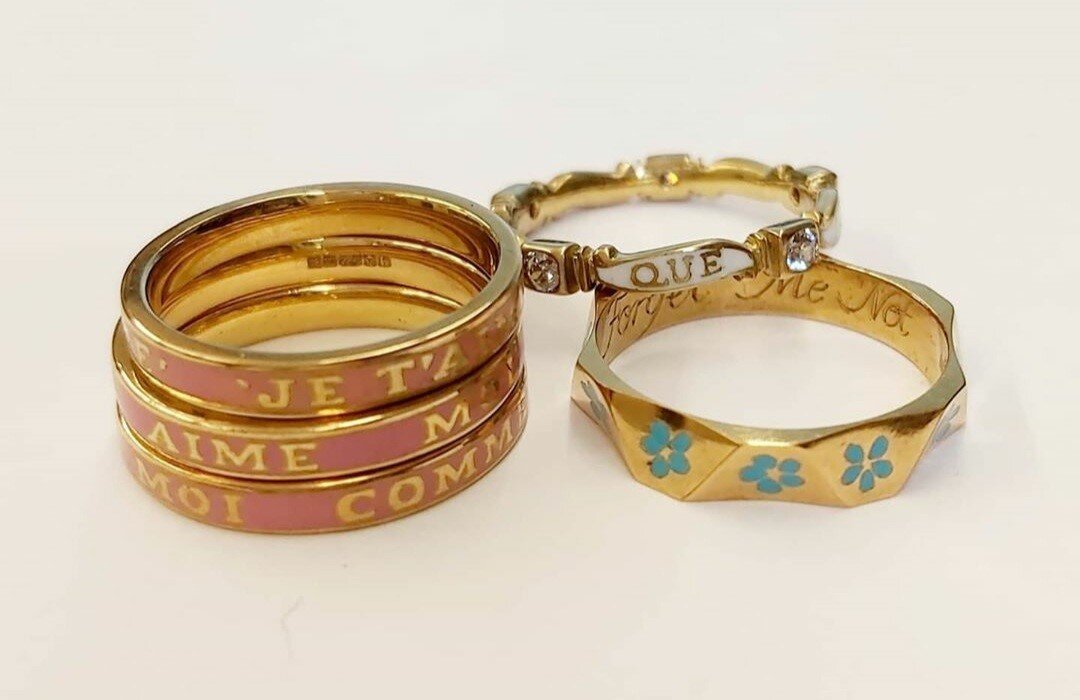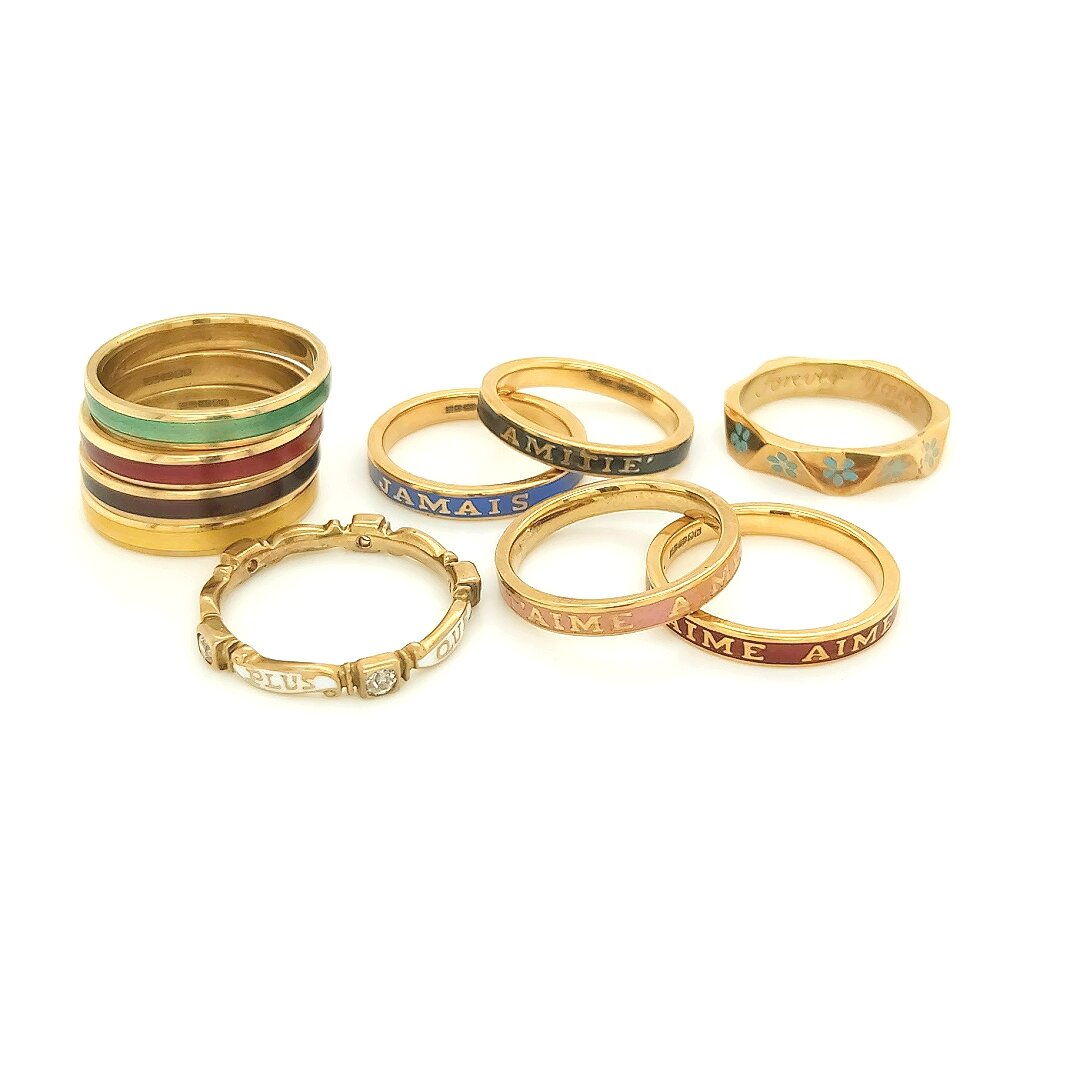Sandra Cronan
An interview with Sandra Cronan of Sandra Cronan Limited about Art Deco jewels and other gems.
With months of isolation behind us and an uncertain number ahead, many are fantasising about the parties we will hold, the clothes we will wear, the fun we will have. Plenty of memes have been made on the parallels between the Roaring Twenties which followed the 1918 Spanish flu, and the potential for a more glamorous life after lockdown. It is with this in mind that we speak to Sandra Cronan, who founded Sandra Cronan Limited 40-odd years ago and now runs the business with partner Catherine Taylor, specialising in exceptional and esoteric jewels dating from the 17th to the early 20th century.
It seems apt to begin with Art Deco jewellery, the pieces made in the economic boom following the First World War. This American Art Deco Diamond necklace is a perfect starting point as “it’s really early Art Deco, you can see the transition from the Edwardian period, the delicate, fine, lines and the fine size of the diamonds”, Sandra explains. It dates from 1915-1920, retaining a more Edwardian feminine aspect while looking towards the more angular style of Art Deco at the same time. A later English piece, a bracelet by Drayson from around 1930, shows how the style developed. Drayson was an excellent English jeweller, not at all prolific, so you don’t find many pieces of his, Sandra says. He supplied Cartier London with jewellery, and “if you know Cartier London in this period, this bracelet absolutely smacks of Cartier London.” The bracelet also has a hidden secret; the central plaque comes out to become a brooch.
Was it common practice to create jewellery that could be taken apart like this? Good jewellery has always been made to be versatile, to come apart to make multiple different pieces, Sandra explains. One of Sandra’s most fabulous past tiaras was “covered in leaves, flora and fauna with butterflies, en tremblant, so when a lady wore it, it moved, and all the butterflies trembled. They were also all detachable and could be worn as brooches”. Another example of this useful tradition is this fabulous purple pendant amethyst pendant, which has a fitting on the back allowing it to be made into a bracelet, a necklace, a pendant and a brooch too. It is made with Siberian amethysts from the Ural mountains, which have “an incredible deep, reddy purple colour”. The comparison with another amethyst is enough to show you these are something special, the ultimate amethyst colour. Sandra’s father was a modern jeweller, who taught her all about gemstones and jewels growing up, “he had cases on the wall of his study containing all kinds of different gemstones. He would bring something home and say, ‘OK, now what is this?’ and I would be tested, just for fun. I loved it”.
Left: Mauboussin platinum and diamond Tutti Frutti brooch, French, circa 1925.
Right: Mauboussin double clips, French, circa 1925.
Colour is also key in these Mauboussin double clips, and platinum and diamond Tutti Frutti brooch, another Art Deco creation, designed in France circa 1925. The brooch has been designed as a potted tree with a ruby bird nesting within, set with carved emerald and rubies with black enamel. Sandra suggests perhaps it was designed as a partridge in a pear tree, for a unique Christmas gift; as she says, “there was always a hidden meaning in jewellery”. The carved gems are from India, reflecting a key moment in jewellery design when jewellers would send people to India specially to buy these beautifully carved emeralds, rubies and other gems, to be brought back and transformed into modern settings. Reworking older gems into new pieces of jewellery is something that has been done forever, Sandra tells us, reflecting changing fashions and tastes. As mining technology was not yet so efficient as it is now, it was more common for people to take older jewels to their jeweller and ask them to make something new. As Sandra says, a different kind of recycling!
Sandra’s line of modern posey rings is another way again to pay tribute to the past. “A ‘posey’ is a rhyme or a romantic poem where two people are tying a love knot”, she explains. Posey rings became popular as early as the 15th century, inscribed with sentimental words and given as a gift of romantic meaning. “I’ve always collected them when I could find them, which is very rare”. Sandra commissioned an English goldsmith to copy the antique rings into various colours of enamel and sizes. It was a project of passion, reflecting her love for the original rings. The collection includes a blue enamel forget-me-not ring, the original dating from the early 1700s. Others include ‘Aime moi comme je t’aime’, meaning ‘I love you as you love me’ or ‘Love me as I love you’, depending on which way you read it, and 'Amitié à jamais’, or ‘friendship forever’, the originals dating from the early 1800s. A white enamel and diamond ring originally from circa 1780, says ‘plus que la vie’, which means ‘I love you more than life’ - as Sandra says, “how romantic is that?” Something to keep in mind for next Valentine’s Day!
Excerpts from our interview with Sandra Cronan.




